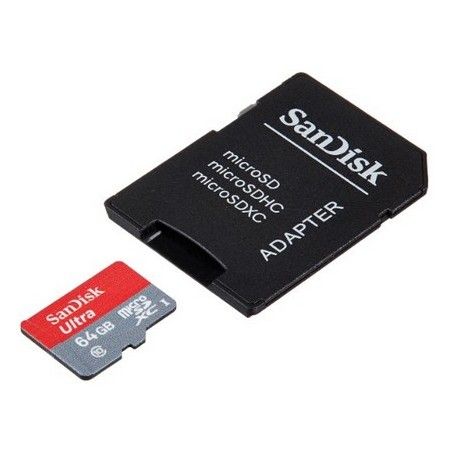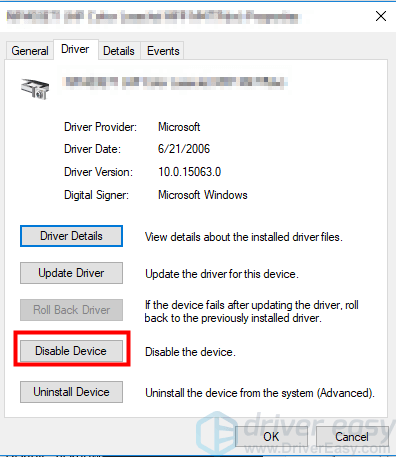


Simply click on the picture you want to transfer and, while holding down the mouse button, move it and the mouse pointer to the folder you'd like to save it in.

You can transfer your pictures manually by dragging and dropping the image files in the PC card's folder to your computer's folder that you opened, or by using your operating system's copy and paste shortcuts. Label them in some identifiable way, so you'll be able to find them when you want to look at them again. Name your pictures, when prompted to do so.Make sure the box under each picture you want to transfer has a checkmark in it. Select the pictures you want to transfer.Select Import pictures to my computer from the choices offered.A message will pop up saying that the device is connected and asking what you want Windows to do. Open the destination folder of your choice.Locate the destination folder on your computer where you want to store your pictures, such as the Desktop, the primary Pictures folder or a sub-folder in either.These readers usually plug into an available USB port and can be used to transfer files like any other external drive. If your PC is lacking an SD slot, or if you need to read a different card format, then an external card reader will be required. If your machine has one, then an SD card can easily be slotted in to read off image files. Many laptops and some desktop PCs include a built-in SD card reader.Notably, Apple phones lack any memory card storage options, so USB will be the only way to go on those devices. On some cameras, the cable method will transfer slower than going through the memory card directly. Plug one end into the device's data port, and the other into the computer's USB slot. Using the cable method, you can leave the card in your camera and tether it to the laptop or PC. Alternatively, the device may have come with a USB transfer cable. Remove the memory card from your camera or phone.


 0 kommentar(er)
0 kommentar(er)
